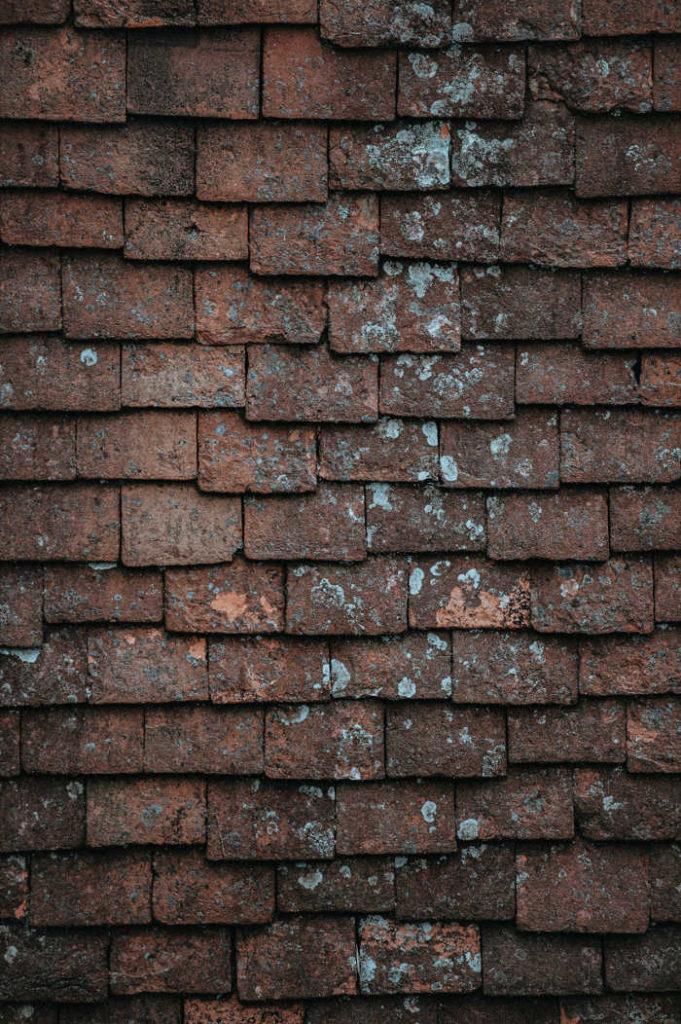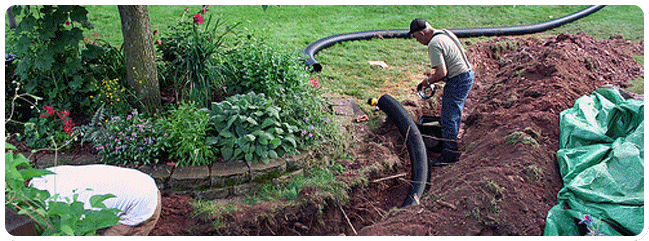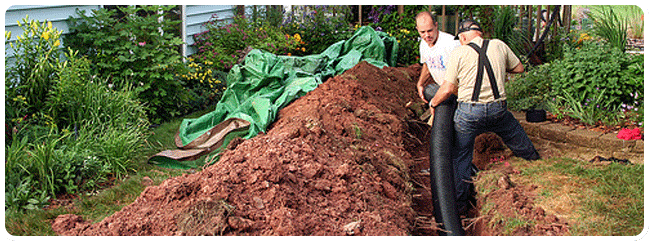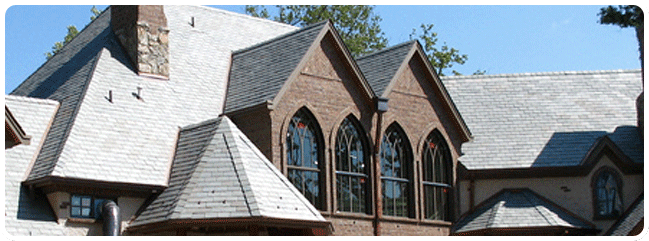Aesthetic is probably the biggest factor you consider when it comes to choosing the material of your roof shingles. But aside from that, you should also know more about the characteristics of each material so that you can maximize your money’s worth.
 Photo by Annie Spratt on Unsplash
Photo by Annie Spratt on Unsplash
Asphalt
The most popular by far, asphalt shingles are made of fiberglass sandwiched between asphalt and ceramic granules. Relatively light and easy to install, they are a good choice if you’re looking for style at a budget price. They may last 30 years or more but can be vulnerable to high winds. Asphalt roofing comes in two types. Laminated shingles, also known as “architectural” or “dimensional” shingles, are layered, and their thickness and depth make them look more like slate or wood shakes. Three-tab asphalt shingles, though similarly priced, are made in a single layer. They’re flatter and thinner than laminated shingles and didn’t perform as well in past tests. What’s more, falling prices for laminated shingles are helping them grab more and more of the market. Source: ConsumerReports
Tile
Clay and concrete tiles bring to mind Southwest or Spanish-inspired homes. They often have a curved or scalloped design. Because it’s noncombustible and resists fading, clay is a durable roofing option. Concrete offers a similar look, plus it reflects sunlight and works as a good insulator. These tile shingles usually last about 40 to 50 years, so you get a lot of life out of them. You may also be able to repair minor damage with roofing cement on your own.
One drawback of clay or concrete tiles is the brittle nature of the material. They hold up well against weather elements, but they can crack with sudden impact. This shingle type is also very heavy, which means your structure may not be able to handle the weight. Source: Hunker
Composite
Composite shingles—made of polymer, rubber, or plastic and sold in a variety of colors and styles starting at $300 per square—convincingly mimic the look and feel of shingles made of natural materials such as wood or slate. These shingles retain their color over their lifespan of 50-plus years, are heat- and impact-resistant to varying degrees (those with a Class-A fire rating and Class-4 impact-resistance rating offer the best resistance to fire and hail). The additives in some composite shingles lend them additional defenses such as moss and UV resistance.
However, they usually offer less insulation than the materials they mimic (upping your heating or cooling costs). And, while they’re suitable for installation in all climates, low-quality composite shingles—which can be prone to absorbing water—may soak, freeze, and warp more quickly in locations that frequently experience rain or regular cycles of freezing and thawing. Source: BobVila
Getting a new roof? Your money and your home is in good hands if you let our experts take care of it for you. Set an appointment today!
Contact:
Kerrisdale Roofing & Drains Ltd.
168 W 71st Ave, Vancouver, BC V5X 4S7
(604) 360-2114



















